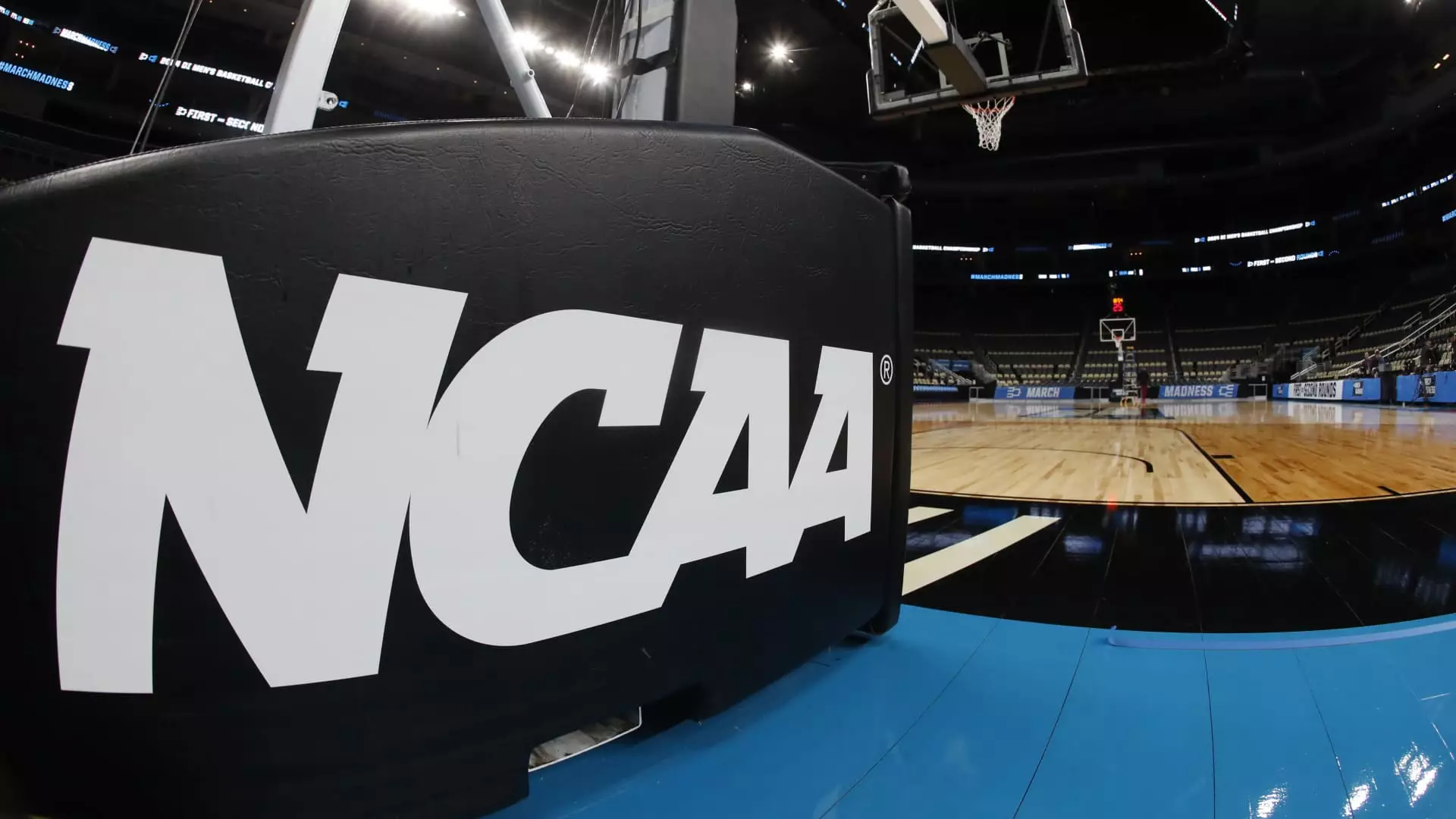On a pivotal Thursday, the National Collegiate Athletic Association (NCAA) enacted a policy revision that bars transgender women—those assigned male at birth—from participating in women’s sports. This decision emerged just one day after President Donald Trump formalized an executive order aimed at defunding educational institutions permissive of transgender women in women’s competitive events. The revised regulations outline that while trans women may practice with women’s teams and access associated benefits such as medical support, they are not eligible for formal competition. This significant policy change highlights the increasingly polarized debate surrounding gender identity and sports, provoking various reactions across the political and social spectrums.
The NCAA’s new regulations create a framework where any student, regardless of gender identity, can legally compete on men’s teams. However, there are stipulations in place for athletes on testosterone. Carrying a medical exemption is essential for them to participate, introducing a layer of medical evaluation in what some perceive as the politicization of sports. Moreover, female athletes undergoing hormone therapy who were assigned female at birth are also prohibited from appearing on women’s teams. This approach marks a departure from the NCAA’s previous alignment with Olympic standards, which allowed for a greater degree of flexibility in determining trans athlete eligibility—a stance they adopted in January 2022.
Charlie Baker, NCAA President, asserted the organization’s commitment to establishing a consistent standard for eligibility across the over 1,100 member schools. He framed the newfound national guideline, as set forth by Trump’s executive order, as necessary to fend off a maze of conflicting state laws and judicial rulings. This rhetoric implicitly suggests the existing complexity and variability of regulations may be detrimental to student-athletes, prompting a call for uniformity in how gender identity is perceived within competitive sports.
Trump’s recent declaration builds on his previous actions that dismiss the nuance of gender identity altogether, insisting that there are only two immutable biological sexes. His administration’s broader strategy appears focused on dismantling what it terms “gender ideology,” a concept it claims undermines traditional definitions of sex. This aligns with earlier measures like his executive order prohibiting transgender individuals from serving openly in the military. The intersection of policy and personal identity becomes starkly evident as legislative decisions increasingly encroach upon aspects of individual lives—especially concerning marginalized communities.
In stark contrast to the NCAA’s position, advocacy voices have emerged to challenge and dissect this policy change. Prominent figures such as transgender triathlete Chris Mosier have illuminated the binary conception of gender the policy advocates, arguing that it fundamentally misrepresents gender identity, ignoring the lived realities of trans and non-binary individuals. Mosier provided critical insight by highlighting how the focus on assigned sex at birth considerably narrows the conversation about identity and inclusion.
Moreover, the policy does not just impact trans women; it also extends to intersex women and individuals who partake in hormone therapy for legitimate medical concerns, such as polycystic ovary syndrome. Advocacy groups, including GLAAD, have condemned the new regulations as both “deeply disturbing” and unsubstantiated by relevant medical and scientific insights—a stark reminder of the need for policies informed by comprehensive understanding rather than political impulses.
The recent developments within the NCAA’s policy framework reveal the pressing need for inclusive, scientifically-informed solutions surrounding transgender participation in sports. As the discussions advance, it becomes increasingly vital to acknowledge and uplift diverse voices from within the athletic community rather than adhering to a one-size-fits-all approach derived from top-down mandates.
The NCAA’s new guidelines may ostensibly aim for clarity; however, they simultaneously risk alienating trans athletes and perpetuating an environment of exclusion. As the conversation evolves, the sports community must engage in meaningful dialogue that prioritizes inclusivity, equity, and respect for all athletes, regardless of gender identity—encouraging a future where everyone has the opportunity to compete on fair and just grounds.

